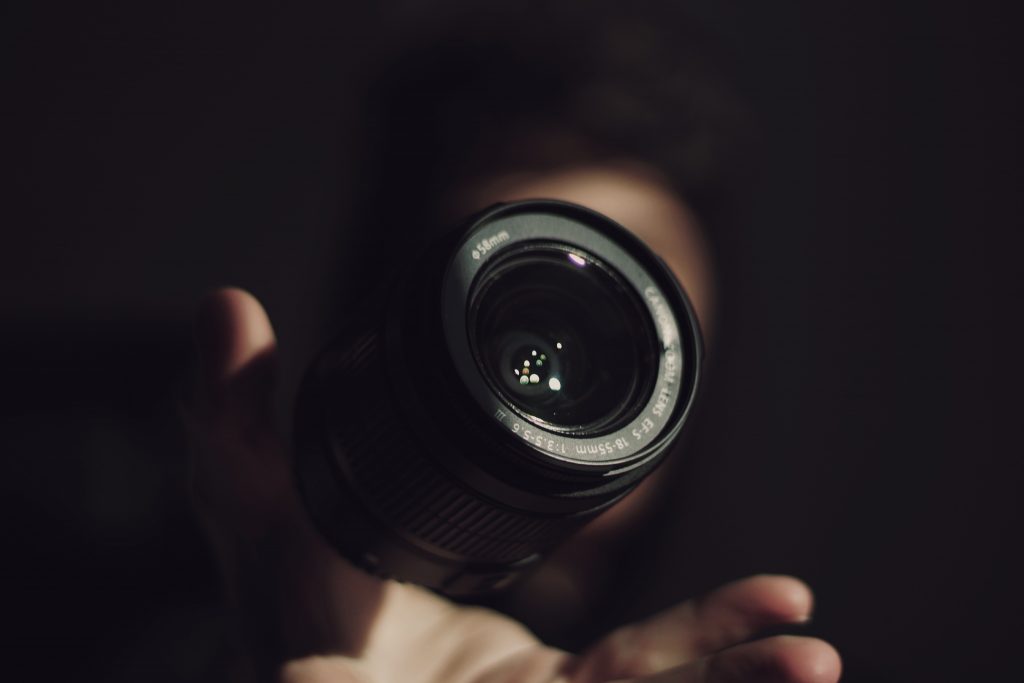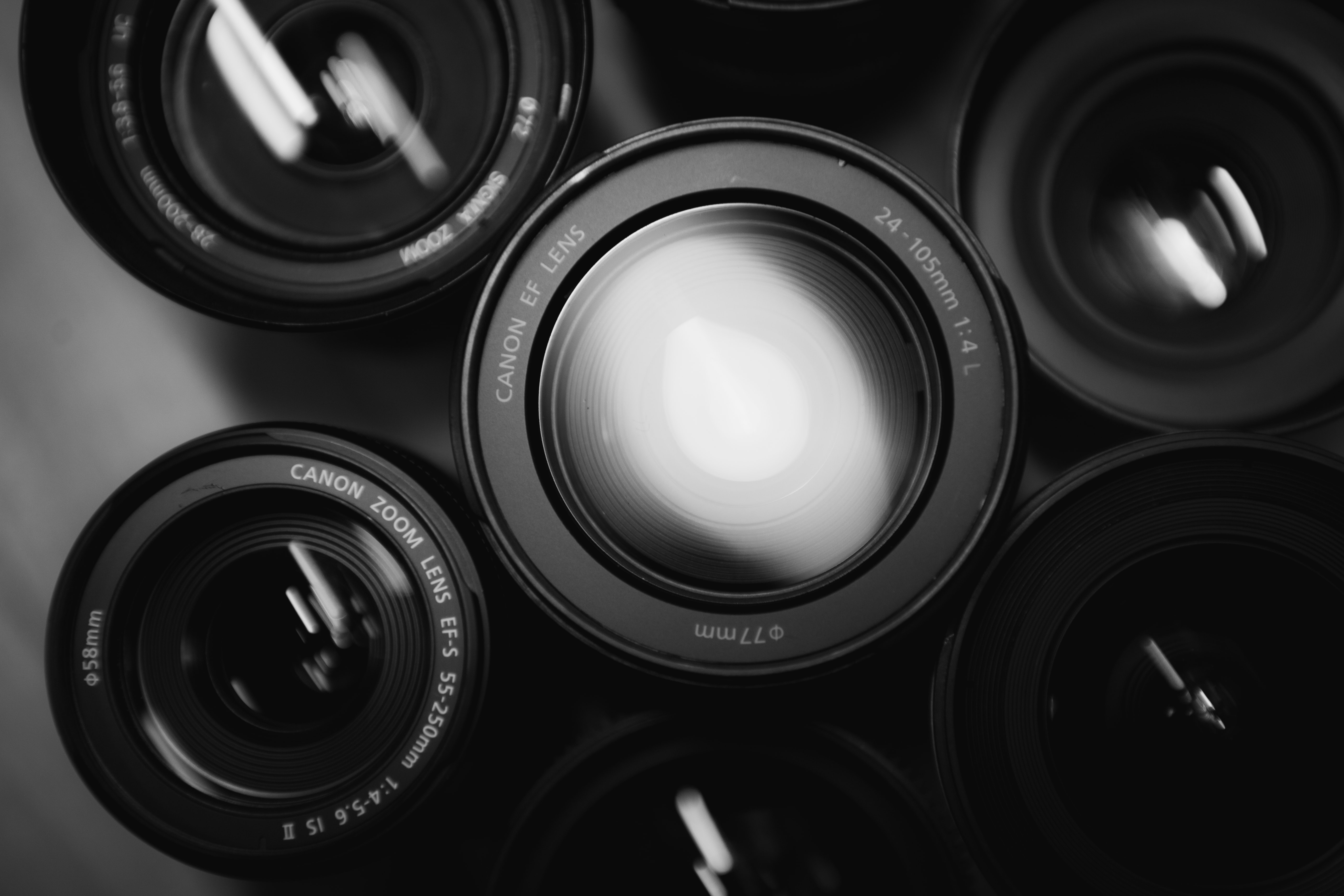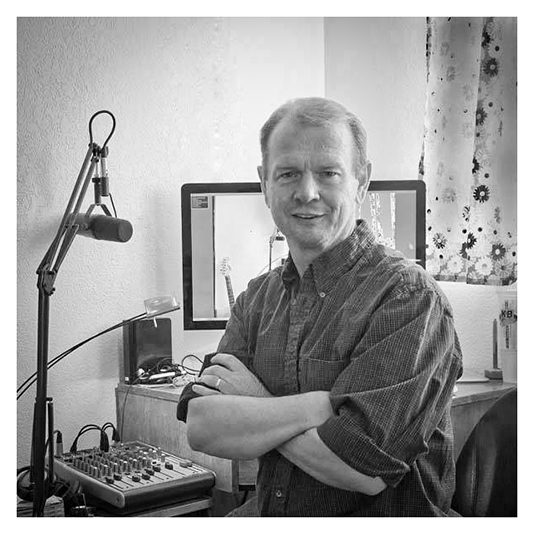Hint: It’s All in the Lens
As a photojournalist, my lens gear typically ranged from moderately wide (NIKKOR 35mm f/1.8) to portrait lenses (NIKKOR 85mm f/1.4). In Photojournalism, we seek to document one or more aspects of the story, and most of the time, these two lenses did an excellent job of that. Lens selection didn't require much thought; and, postproduction was frowned upon - except when shot exposure needed a bit of "push or pull."

Now that my days as a photojournalist are mostly behind me, fine art photography has become my principal focus, with landscapes taking a central place within the genre. As fine art photographers, our images strive to achieve a more passionate and expressive response. As we compose our photos intending to visualize what we might do in postproduction, lens selection should become our first tool in the image creation process.
Gear Experimentation
Stirred by works from renowned photographers like Charlie Waite, Ansel Adams, or Takeshi Mizukoshi, many aspiring landscape photographers invest considerably in a few super-wide lenses and set out to emulate these photographic icons. A few will eventually explore and exercise their voice rather than staying married to "Group f/64".
Group f/64 refers to photographers from the San Francisco Bay area who shared a standard photographic style characterized by sharply focused and carefully framed images seen through a mainly Western (U.S.) viewpoint. Ansel Adams, Willard Van Dyke, and Edward Weston were the founding of this group.
Ansel Adams used various lenses in the creation of his work despite having a few lenses that dominated his landscapes. For me, I began this experimentation process right from the start. Without a doubt, the traditional super wide-angle lens is a mainstay in fine art landscape photography. I use a NIKKOR 14mm f/2.8 frequently. However, there are plenty of times when shooting at f/8 or f/11 and utilizing focus stacking to create a tack sharp image won't relate to the mood of a location that I am after. Sometimes, just the right amount of falloff can make the mystic I am trying to convey in a shot. I love the Zeiss Milvus 135mm f/2 to give me that buttery softness I might be chasing.
Focal Lengths
At any of the super wide-angle focal lengths, many of the elements of an image can become deemphasized the farther away from us they become. I have often shot a group of objects leading from my foreground into the heart of my vision, only to be dissatisfied that their smaller proportions make them far less attractive. A narrower focal length and field of view can be just what's needed to make my composition work.
Becoming intimately familiar with the lenses in your camera bag is a critical component of mastering your fine-art toolkit. Many times, I will ask my students if they think they have gotten some good images. Invariably I hear the response, "We'll see when we get them into post." The truth is, we can know that answer long before we leave our shooting location:
- Most cameras can zoom in on almost any part of the image to verify focus.
- The composition should have been taken care of when we framed our shot.
- Our histograms can tell us everything we need to know about our exposure.
If we have been mindful of how we want our finished image to look, we can answer that question without hesitation.
Visualization
Postprocessing tools keep improving and have become critical components of our final fine art image. However, we need to be mindful not to get into a place where we tell ourselves, "I can fix that in post." All these tools should be a primary part of our visualization process, and it is essential to keep them in mind when composing and constructing our image. I seem to find myself using the NIKKOR 105mm f/1.4 or the Zeiss 135mm f/2 lenses to create many assets that I will use in my final image. As I am visualizing my image –with a mind toward postproduction– my first tool has become lens selection.
I am a strong proponent that an attractive foreground anchor and an engaging subject are crucial elements of a great landscape image. It's just not the only way to make a dynamic fine art photograph.
Like I said earlier, I still use a wide and super-wide lens when I shoot. However, by exploring the boundaries and pushing away from traditions, I have discovered new opportunities to throw another lens on my camera and work my scene in ways that don't just involve positional changes. It becomes critical to know your postproduction tools well and to have those tools in mind when you are building your image in your mind's eye. Ultimately, it becomes the difference between a landscape photograph and a fine art landscape image. Experimentation and pushing outside the traditional also keep your photography new and exciting. It provides you with new ways to express your visual and creative voice. Nothing can be more artistically rewarding than ending up with a finished product that is what you envisioned - or better.
Final Thoughts
I have spent years encouraging students to "Get out of your Comfort Zone," "Push the boundaries of tradition," "Experiment like your life depended on it." As an artist, I feel so rewarded when one of my students comes back to me to show some discovery they have made, built upon something I have shown them.
I hope you will take these few ideas and build upon them as well.






